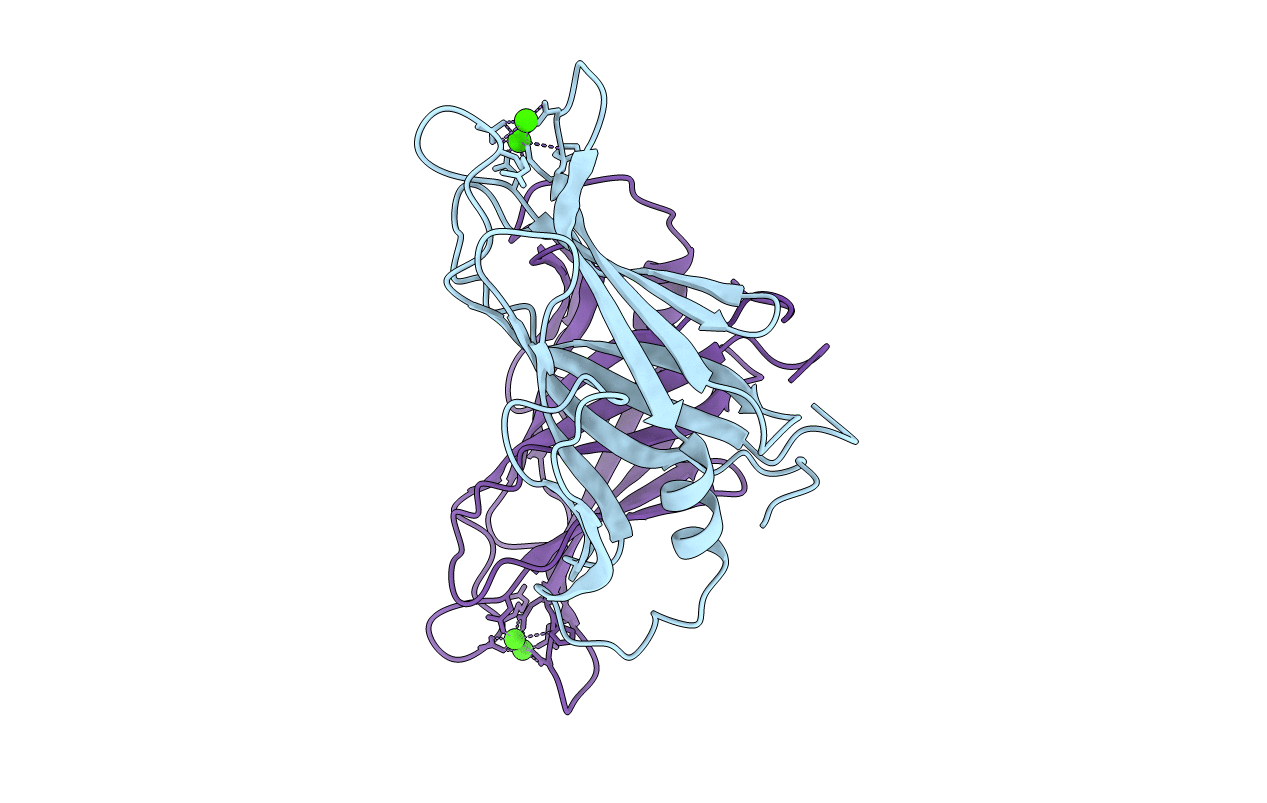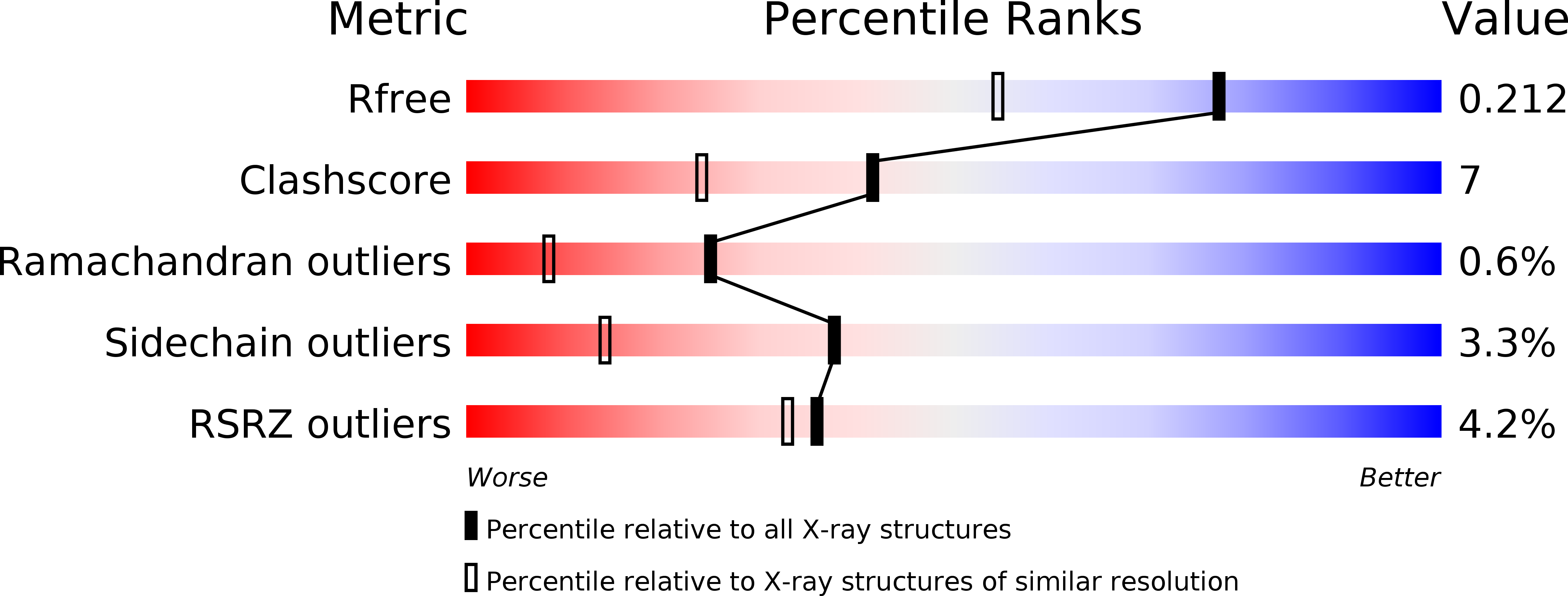
Deposition Date
2014-10-07
Release Date
2014-12-17
Last Version Date
2024-05-08
Entry Detail
PDB ID:
4V29
Keywords:
Title:
The crystal structure of Arabidopsis thaliana CAR4 in complex with two calcium ions
Biological Source:
Source Organism:
ARABIDOPSIS THALIANA (Taxon ID: 3702)
Host Organism:
Method Details:
Experimental Method:
Resolution:
1.60 Å
R-Value Free:
0.21
R-Value Work:
0.19
R-Value Observed:
0.19
Space Group:
P 21 21 21


